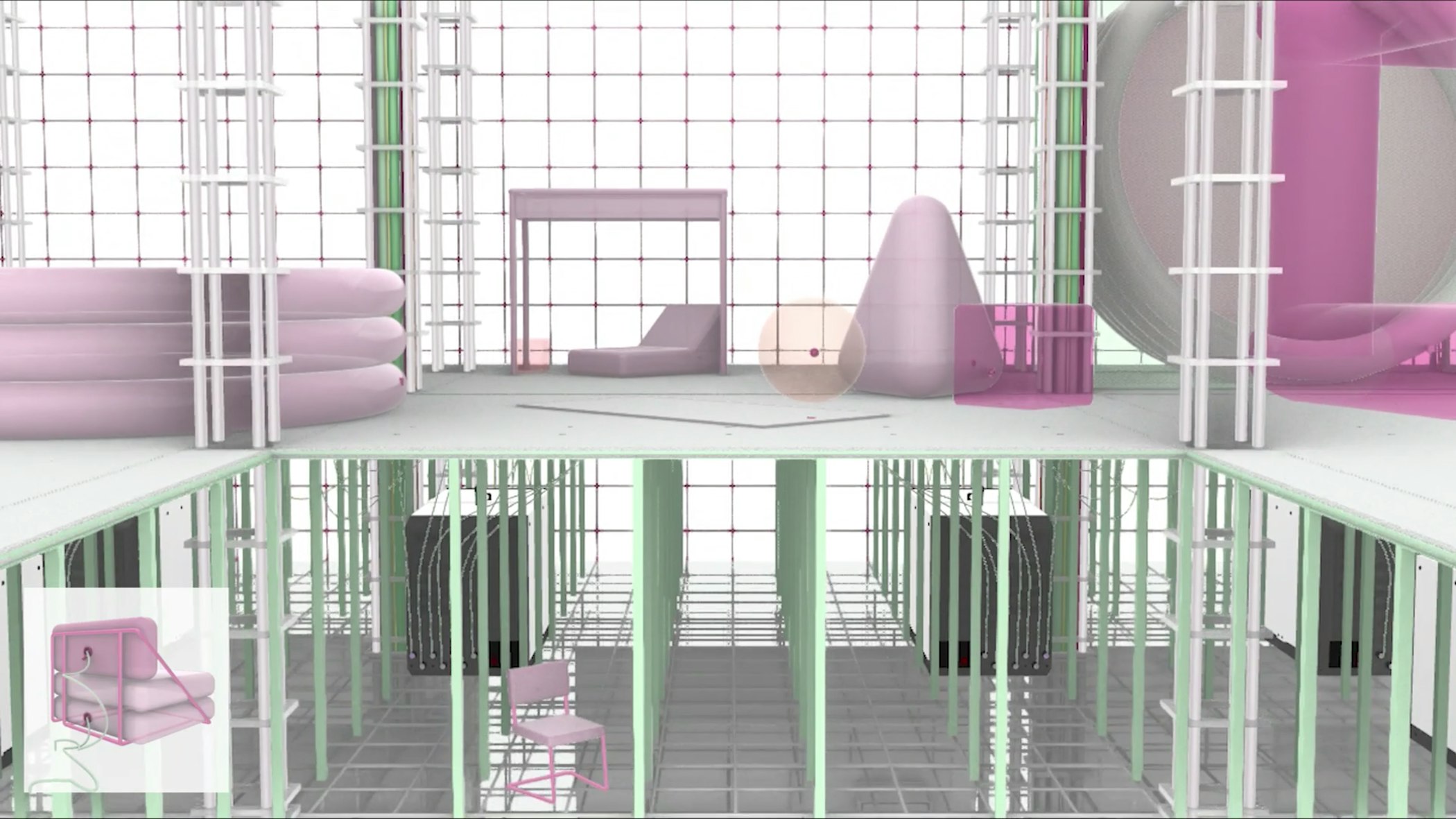The rules of navigation never navigated a ship. The rules of architecture never built a house.
As a topic, the institutional lore of academia (particularly architecture) is something of scant interest; the field is obscure and the audience is limited. It is ironic then to undertake such an effort to commemorate ARCH 422 (i.e., the “Situation” studio) at the University of Michigan’s Taubman College of Architecture and Urban Planning from 2012 to 2020. Its pedagogical mission was, at least in part, intended to overcome such ivory tower absorption. Even so, despite the inauspicious provenance of the subject, in the case of the Situation studio, the recording of its efforts throughout its variations seems worth the risk of indulgence; not only as a form of stylistic advocacy, (though the works of the studio are frequently remarkable), but as an opportunity to critically engage and reflect on architectural culture writ small (the evolution of one studio representing a core sample of recent sediments).
What follows is a review of studio as a ship’s log, outlining a circumnavigation of curriculum. Pedagogical direction, once initiated, is rarely checked (many meetings go into a new curriculum, though fewer review its implementation). A note on rank and file: as commissioning agent of curricular charters, the position of program chair exists alternately as Commodore or shipping clerk (representing either leadership or secretarial duties vis-à-vis the functioning of the program), either way, it is safely ensconced within the office, below deck and away from the volatility of the studio floor. Taking on crew (students, yearly) and officers (faculty, periodically), the ship/studio stays in continuous movement, ever forwards. Once unmoored, and the voyage undertaken, the studio/ship remains “at sea” and is propelled under its own wind. As it continues, the original premise of its mission becomes a faint memory.
As a preamble to the current situation, the author must acknowledge a part, acting as the initiator of a revision to the Master of Architecture degree curriculum, while at that time in the role of architecture program chair. Among the tasks at hand was a rethinking of the first year of the architectural design studio sequence. Scholastic provisions for the beginning of an architectural education entail two motivations, a need to quickly “skill up” the students so they can be productive within the métier, but just as significantly, to engage them in some form of institutional indoctrination (an occurrence which alternately goes by the terms of discipline or ideology depending on one’s perspective). In this instance, the concept was to split the focus of the first year of the architectural design studios into two parts (following a boot camp summer studio which, under cover of an empty building, functioned with relative autonomy). Inspired by the “blobs versus boxes” debates of the late 1990s, the idea was to bifurcate both the students’ and the discipline’s development into two discrete genealogies, one called “Form,” and the other “Situation.”
The Form studio has had its own trajectory that deserves a seperate exegesis, transforming over the years from abstract reconsiderations of canonical buildings through the lens of contemporary analytical developments into technique-based iterations of featured software as metaphors of the social. The Situation studio, on the other hand, was built on the concept of use from the beginning. However, the use of “use” (as a term) was deemed too reductive and limited in its conception. The correlation between activity and its embodiment, within the purview of architecture’s competencies (be it form, or space, or structure), has been a point of ongoing disciplinary consideration, one that has waxed and waned depending on the lay of the field at a given point of architecture’s development. The relationship between format and function has been noted by many as inherently unstable, and it was the indefinability of this problematic, it was hoped, that would animate both students and faculty in the pursuit of a resolution of its constitutive unresolvability. It was thought that “situation” implies a degree of informality and openness to incident, related to the idea of architectural “program” but somehow lighter (program itself being a softening of modernist function). Any possible allusions to the S.I. (Situationist International) would also not be out of place.
The charge for ARCH 422 was to fill a slot in the sequence (after Form, before Networks). Though carefully considered as a premise, the brief consisted of a single word (“Situation”), thus the studio has been subject to interpretation and reinterpretation, the volition of which comes from the stewardship of the studio coordinators. The first was Anya Sirota (2012, 2014, & 2015), along with fellow instructors in those years including Teman Evans, Peter Halquist, Lauren Lynn, Sandra Manninger, Meredith Miller, and Thom Moran. The initial outlining in the first year of the newly-christened course established a basic model which would be generally kept throughout the years: an introductory “event” as a team-based effort, a large-scale collaborative drawing, a series of partnered exercises of a temporary cultural installation (a “pop-up” in the parlance of the time), and finally, as the conclusion, the design of a cultural institution (although the choice of institution would be the thing that changed the most over the years).
The first exercise, in particular, “R.S.V.P not required” (bearing the imprint of Sirota as coordinator, and the work of her office, Akoaki, with Jean-Louis Farges), demonstrated a softer regime of control than a typical architectural project of delineation; a project more improvisational in character, generated out of detoured usages of cultural detritus, both common and uncommon. Though not initially described as such in the syllabus, the exercise quickly came to be defined as a “music video.” In a confluence of youth, enthusiasm, and novel format, the videos usually took on an energetic, humorous tone. Pedagogically and socially, this video has become a defining product of the Situation studio, able to achieve the esprit de corps of the joint project (without the in-fighting) and the forging of a shared aesthetic (a mix of grit and sheen).
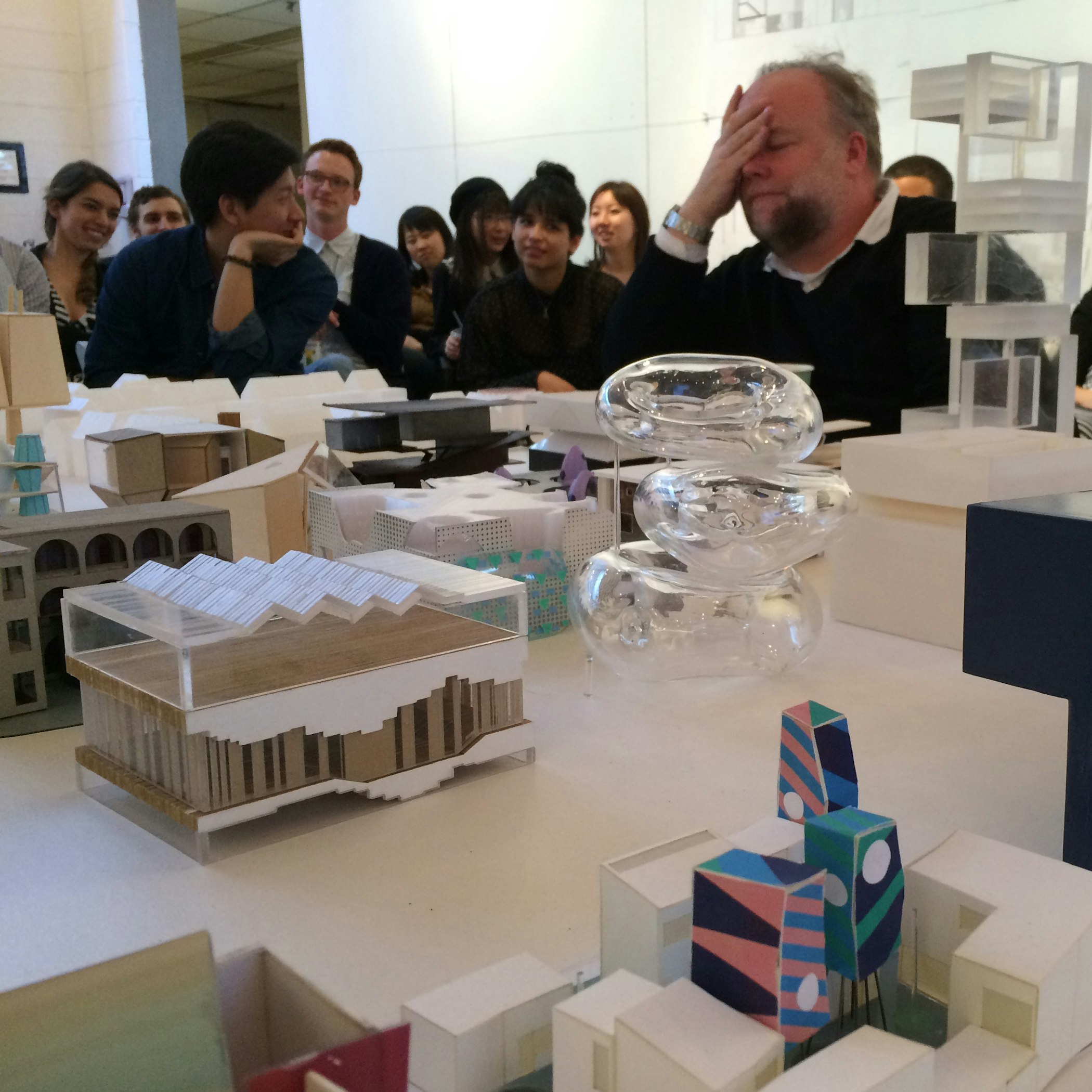
[Fig. 1] Situation studio final review from winter 2015 with the author in attendance.
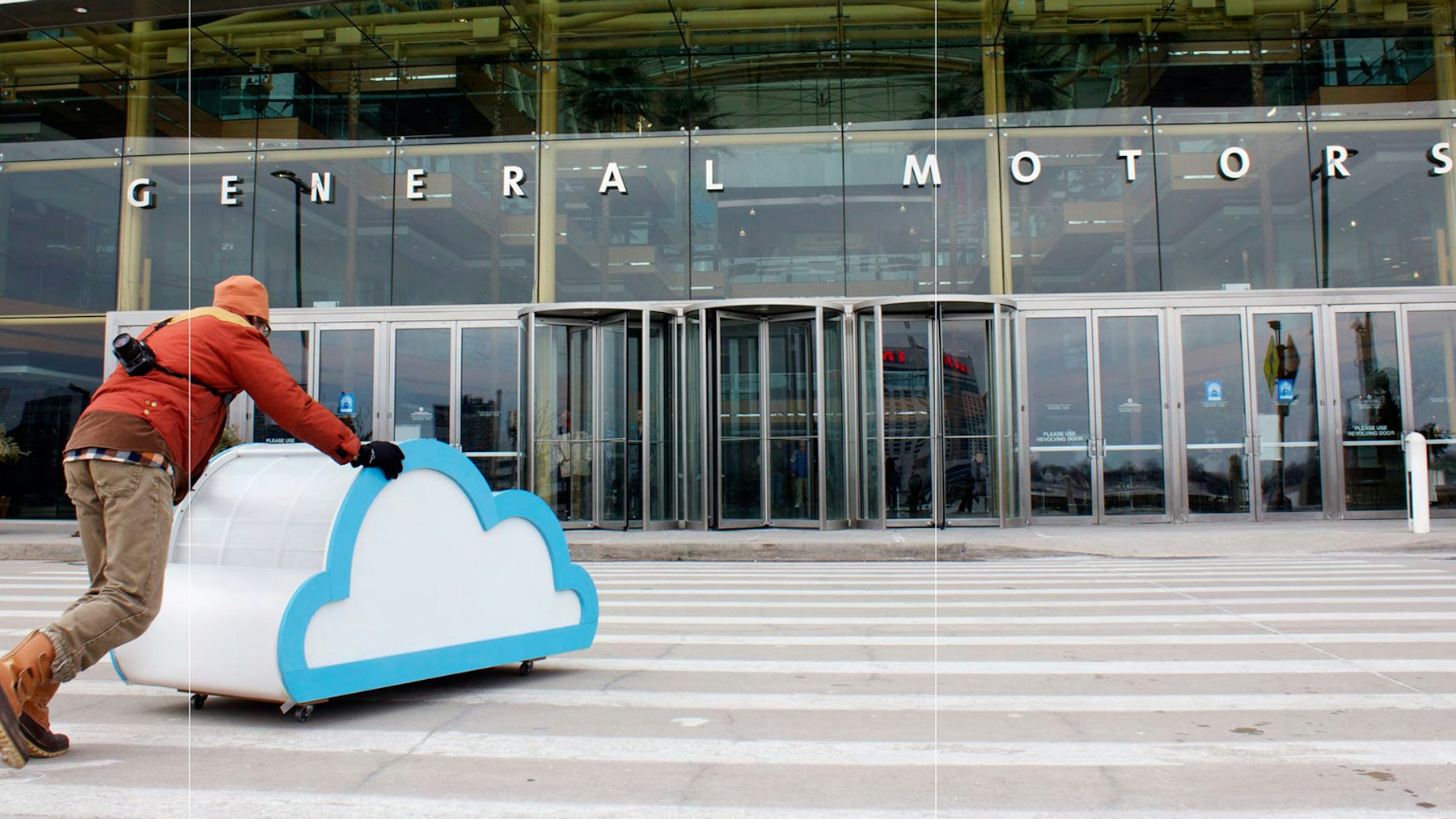
[Fig. 2] Cloud, Exercise 1: RSVP not required, by Melissa Ablin, Lyla Feinsod, John R Hilmes, David Kenyon, Soon Jae Kwon, William Martin, Jacqueline McDermott-Kelty, Max Gyo Obata, Laura Weaver, and Andrew Wald for ARCH 422: Situation Studio, winter 2012 (Sirota section).
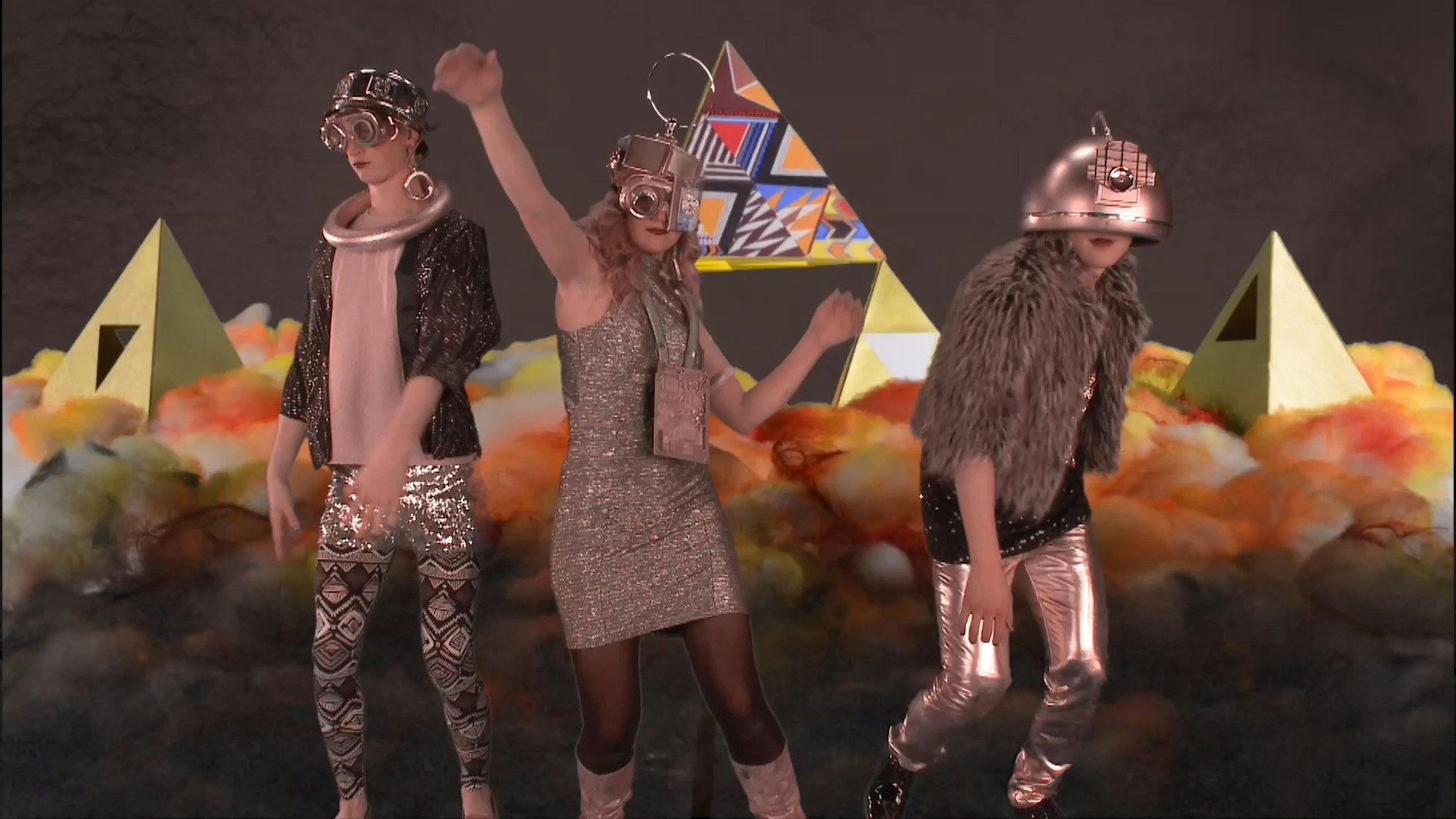
[Fig. 3] Pyramid the Pound Fuzz, Exercise 1: Doing It Together,” by Stephanie Easton, Yu-Yang Huang, Youngmin Kang, Mieko Preston, Jason Ryan, Samantha Okolita, Jordan Van De Walker, Jonathan Watkins, and Min Zhang for ARCH 422: Situation Studio, winter 2015 (Sirota section).
The second coordinator, Meredith Miller, in 2013, with fellow instructors, Teman Evans, Perry Kulper, and Thom Moran, kept the ship on course. The syllabus remained largely the same, at least in outline: same sequence and same projects (except for some new sites for the preliminary efforts). Still, in only the second year of the studio, the meaning of the Situation had already shifted. The source of this shift can be noted in some minor changes in terminology found in the syllabus (like the change in nomenclature from “exercise” to “project”). Also, animating the brief was a particular focus on materiality (reflecting Miller’s longstanding work with plastics and other unorthodox material assemblies).
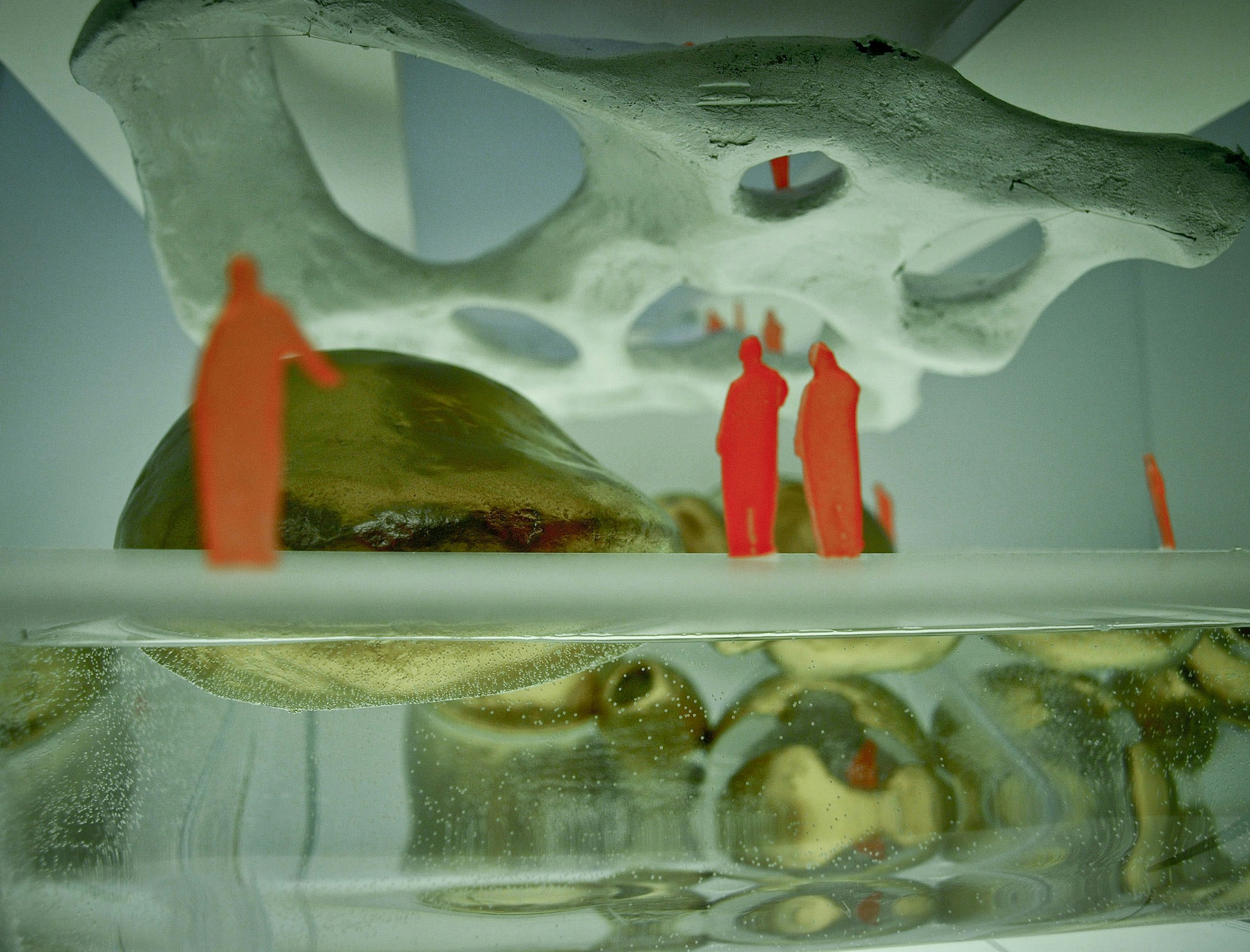
[Fig. 4] Hole-y Canopy, Project 3: Occupy (a Pool), by Linnea Cook and John Monnat for ARCH 422: Situation Studio, winter 2013 (Miller section).
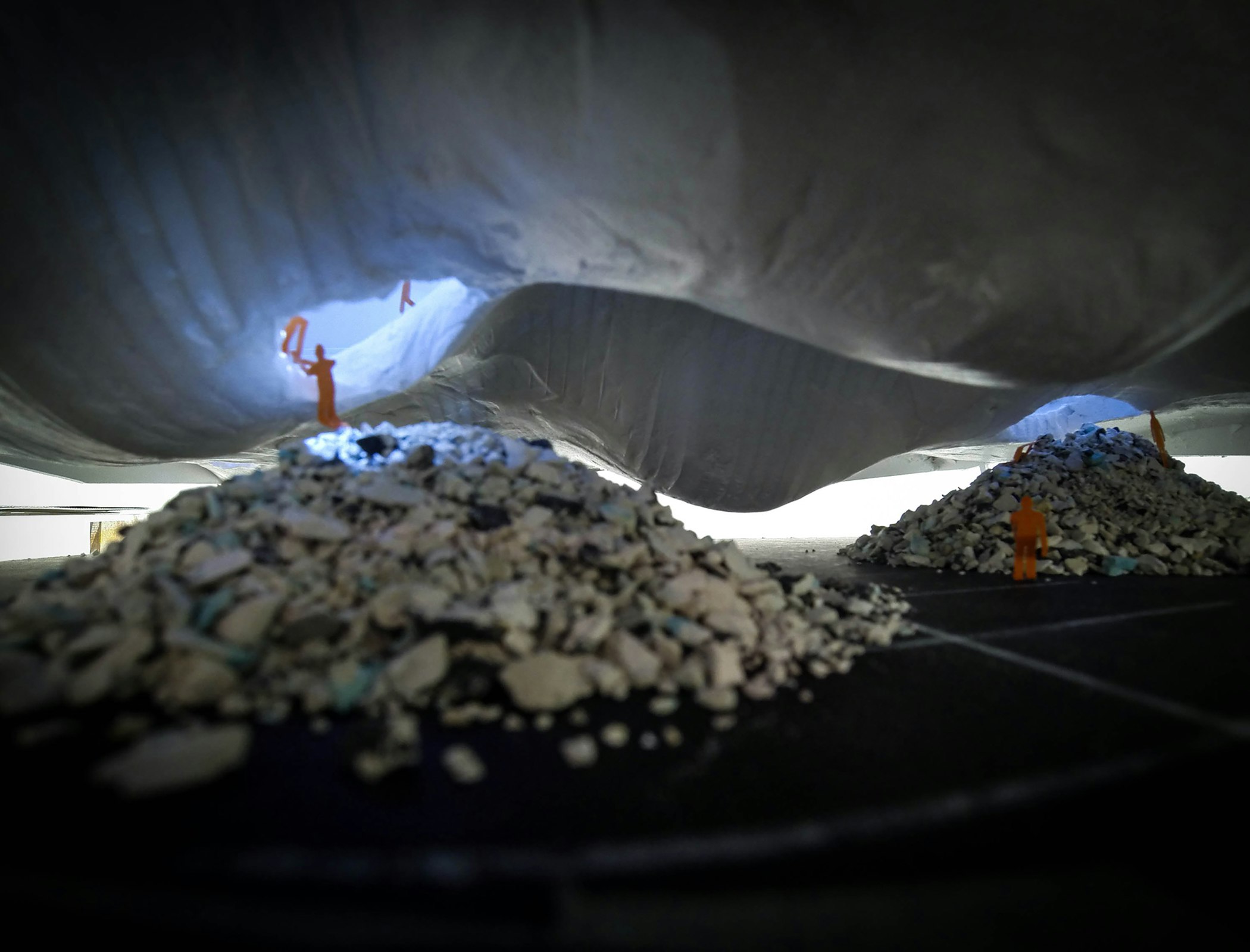
[Fig. 5] Parking Lot as a Semi-Open Ground Floor, Project 4: Cultural Center, by John Yoon for ARCH 422: Situation Studio, winter 2013 (Miller section).
The next iteration, from 2016 to 2018, included Laida Aguirre, Ashley Bigham, Peter Halquist, Ana Morcillo Pallarés, and Cyrus Peñarroyo and was coordinated by Thom Moran. This promotion within the ranks (Moran having taught in the studio since its inception) represents the apotheosis of the Situation studio as it became most like itself (at least as “Situation 1.0”). Well within the inherited outline, the distinction of this version represents a maturation and the formalization of the studio trajectory as an intensification of quality and quantity. For the envisioned user (but also audience and client) the emphasis of the work expanded from groups as collections of individuals to masses as the quantity of subjectivities proliferated. The videos were always collective in their production, but increasingly, front-of-camera participation became de rigueur. The composite drawings became focused on large events; basically, crowds. For a previous (architectural) generation, with an interest in emergence, such a drawing might be of a flock of birds, coordinated in velocity and vector. In this case the emphasis was on setting and milieu, with inhabitation rendered as throngs clustered at various points of interest. As a final program, “hotel” replaced the “museum,” and with it, quantifications of individual isolations (as rooms) supplanted the shared viewing experience of the museum. As for qualities, projects emerged from assigned templates and rosters, like selections from a catalog of the banal and the outré: for the video (a space, a vibe, a tempo, and a state—of being), for the drawing (a site, an activity, and a sensibility), and for the hotel (a television show set, and an architecture—aka a building). In this shift from compounds (of entities as given) to overlays (a set of options as a series of ambiances) the whole (the Gestalt of the image) is greater than the sum of the (specific) parts. The additive quality of the studio brief was paralleled in the then-nascent work of the forming of T+E+A+M (Moran, along with Ellie Abrons, Adam Fure, and Meredith Miller), as participants in the Taubman College-sponsored American Pavilion for the 2016 Venice Architecture Biennale.
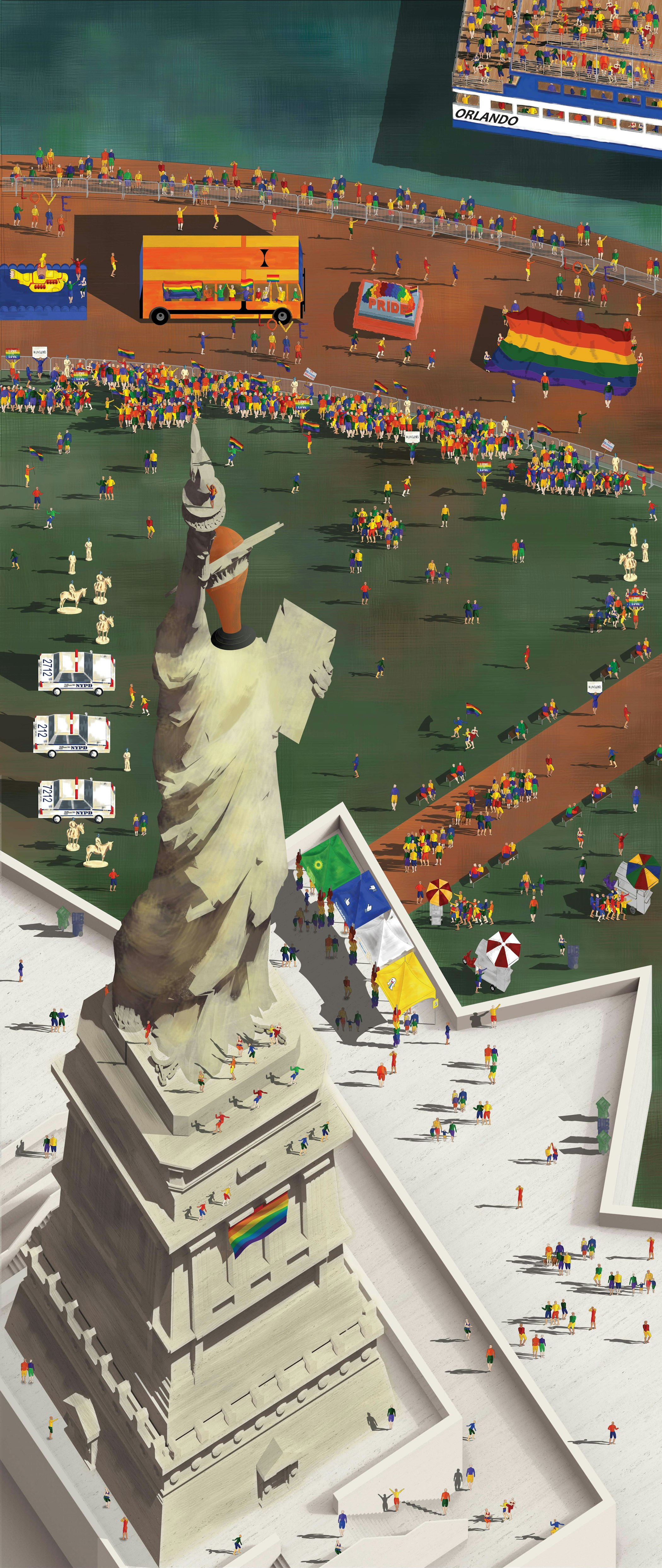
[Fig. 6] Site: Bristol Motor Speedway, Activity: Quilting Circle, Sensibility: Archibald Motley, Jr., Sunday in the Park; Project 2: Set the Scene, by Wenjing Cen, Maksim Drapey, Baekgi Min, and Sawsan Mokhtar for ARCH 422 Situation Studio, winter 2018 (Moran Section).
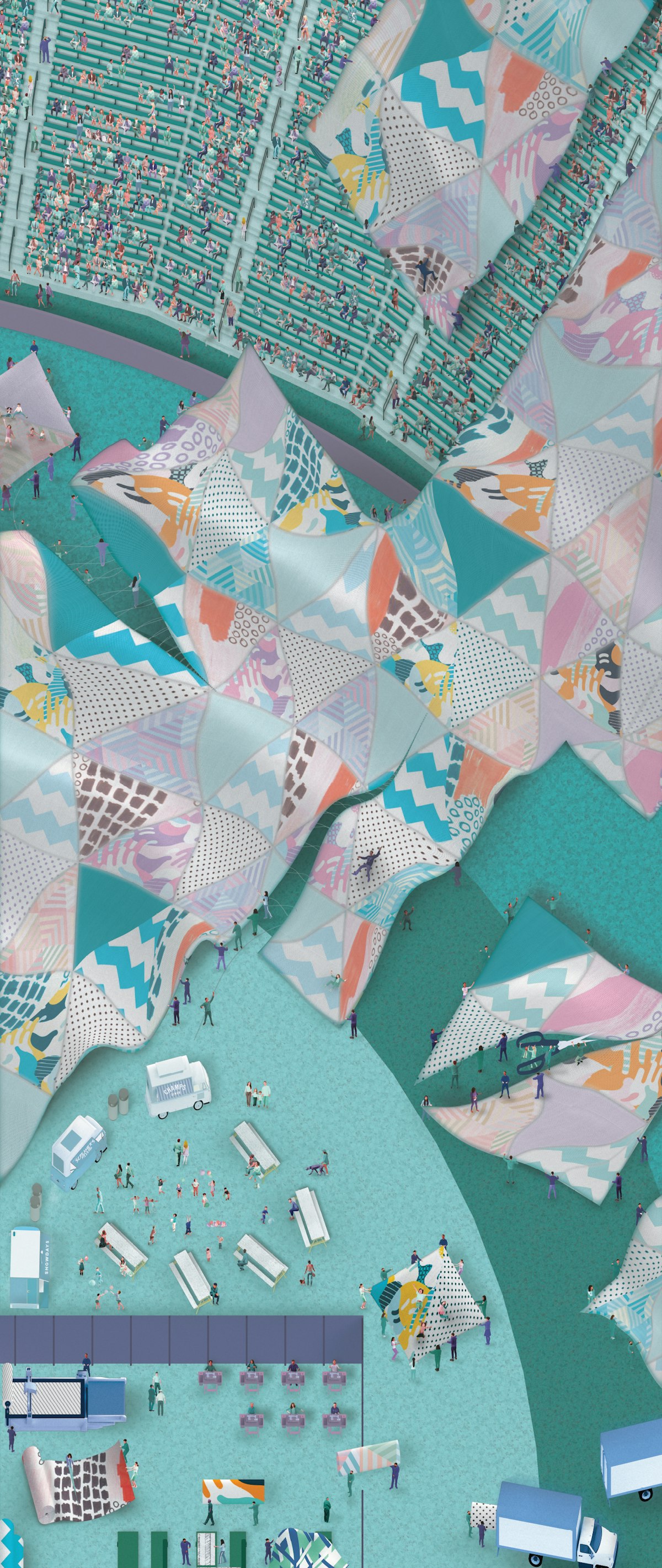
[Fig. 7] Site: Statue of Liberty, Activity: Pride Parade, Sensibility: Giorgio de Chirico, The Disquieting Muses; Project 2: Set the Scene, by Bryce Brown, Michelle Nam, Yufeng Wang, and Qi Zhang for ARCH 422: Situation Studio, winter 2017 (Moran Section).
In 2019 & 2020, with fellow instructors Jacob Comerci, Daniel Jacobs, Steven Lauritano, and De Peter Yi, the latest coordinator is Laida Aguirre. Not long in the crew, having taught in the Situation studio only once before coordinating, the rapid promotion of Aguirre to the coordinator rank has generated the most significant shift in the Situation (studio). The influence of her office, stock-a-studio, with its focus on supply chains, as well as the overlap of related interests with fellow instructors (of materials and their connections, of commerce and its delights), conspired, in nautical parlance, to a minor mutiny. Such a break in the chain of command is really only possible in the introductory studios, as the students are in their first year, and the crew is relatively new. At later points in the studio sequence, the accumulation of instructional norms (in both students and faculty) makes the ability for changes to the order of things less possible.
While this newest version of Situations operates in defiance of the standing orders of the studio (a tacit understanding that a situation would involve “people”), the orders of architecture (firmitas, utilitas, and venustas [sic]) seem to have made an unexpected return. The irony of this is that the move into a more adamantly idiosyncratic practice model has, paradoxically, generated some of the most fully realized projects of building qua building in the studio. As it turns out, container assembly finds a constructive parallel in the rote construction of warehouses (albeit in the form of a millennial-pink high-tech). The most developed building schemes heretofore seen in the studio come from the housing of the neutral box (big boxes containing smaller boxes). In the design of the boxes’ geometry and fabrication, the studio finds what was left years ago, a set of traditional, one could even say classical, architectural values.
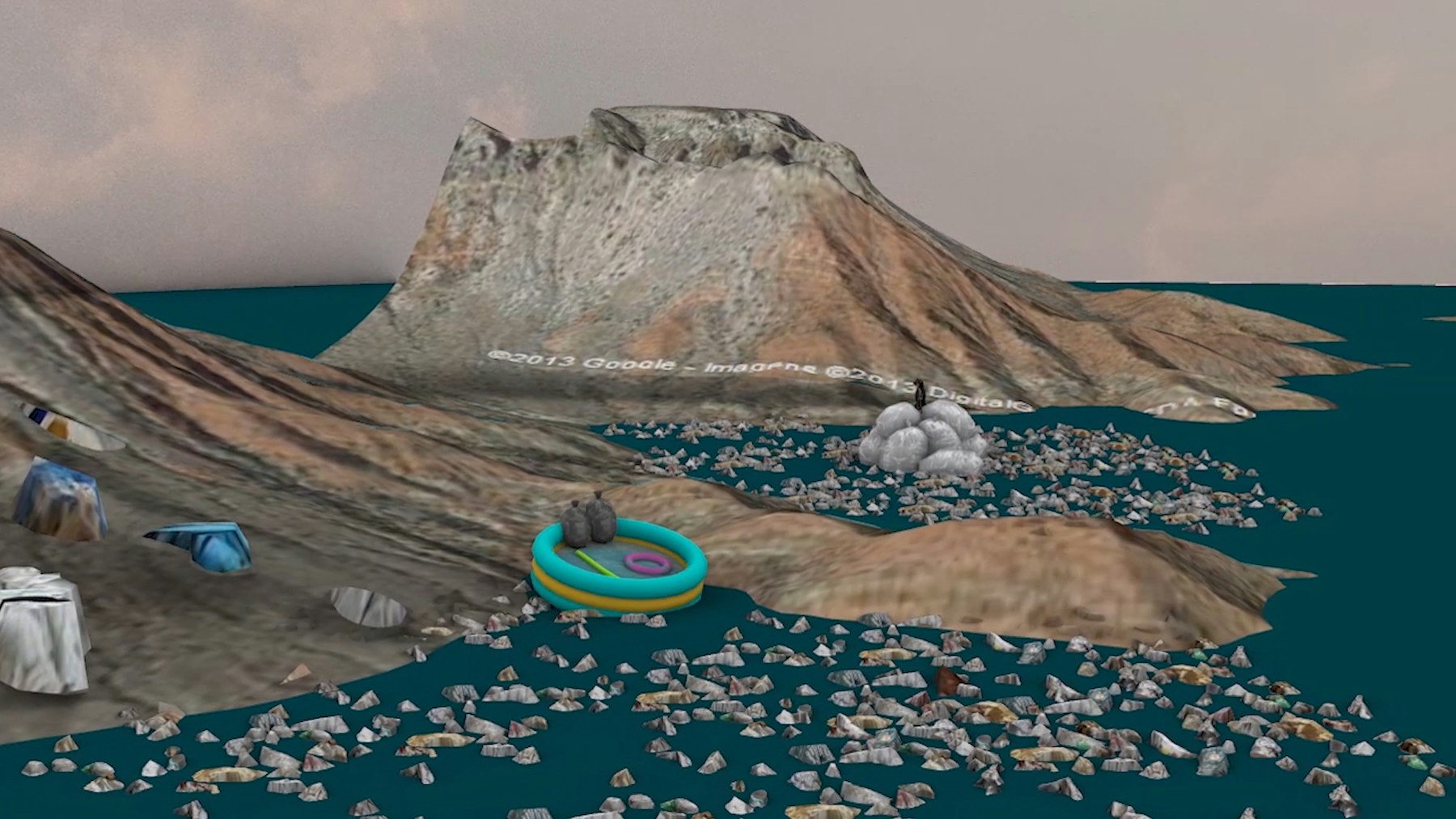
[Fig. 8] PLASTIC (the trash in ocean image); Exercise 1: material.mov VIDEO: RESEARCH, by Shandra Bernath-Plaisted, Zoe Faylor, Megan Finley, Sang Won Jee, Iris McSurely, Fangtian Ni, Anne Redmond, Noah Andrew Russin, Clayton Trudeau, Alexander Vernon, and Joy Zou for ARCH 422: Situation Studio, winter 2020 (Collective Sections—Aguirre, Jacobs, & Lauritano).
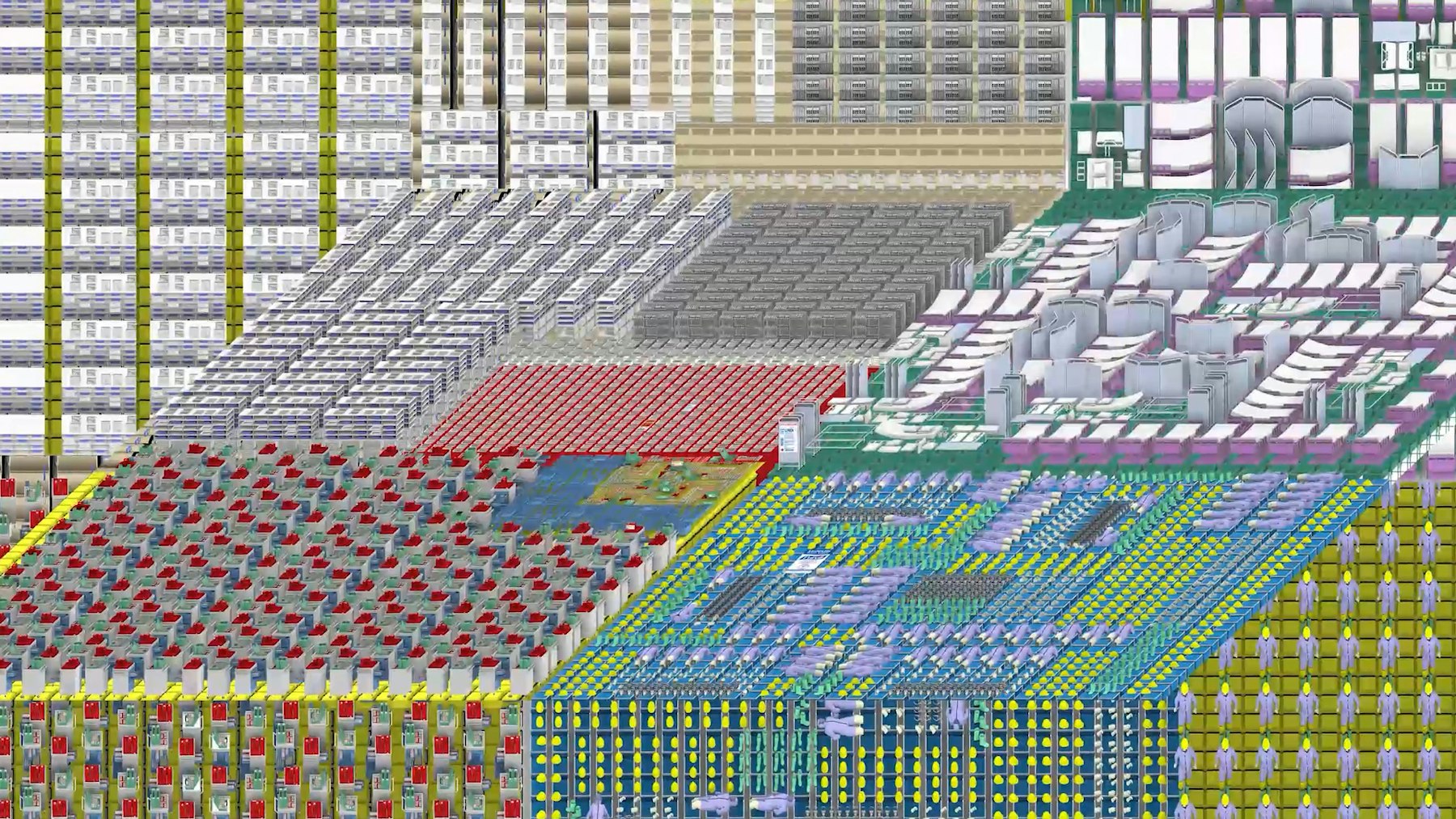
[Fig. 9] Medical Equipment; Exercise 2: ESTABLISHING CONTENT: BACK OF THE HOUSE + CONTENT by Elyssa Baker, Qian Li, and Joy Zou for ARCH 422: Situation Studio, winter 2020 (Collective Sections – Aguirre, Jacobs, & Lauritano).
From uptown funk to recycled containers in less than ten years (or as described by current architecture program chair McLain Clutter, from “questions of program spliced with relational aesthetics, into what is now a studio about the simultaneous assembly of publics and stuff”), in its wake, the trajectory of the Situation studio has generated high levels of student work and reflects, with a high degree of fidelity, the emergence of multiple faculty agendae within the architecture program.
But what of the original mission? How well has the studio held its position in the armada of pedagogy for the Master of Architecture degree? The so-called “Ship of Theseus” offers a comparison; the perennial thought problem asks if that heavily repaired ship, with every (or nearly every) part replaced, is still the same ship? If no longer defined as the same boat, when did it definitively change? In both cases, for the Ship of Theseus and the Situation studio, what are the limits of definition?

[Fig. 10] CFM: Cubic Feet per Minute (Apartment Interior); Exercise 4: GRAND OPENING: BACK + FRONT = BUILDING by Zoe Faylor, Kael Fineout and Rosa Manzo, and Anne Redmond for ARCH 422: Situation Studio, winter 2020 (Collective Sections – Aguirre, Jacobs, & Lauritano).
Whatever the premise, the Situation studio (but also every studio) is devoted to developing expertise. What started as a specific focus on “situation” turned out to be open to many possible interpretations, each of which can be understood as describing a discrete area of architectural interest. The four coordinators each represent a set of issues and initiate changes in value from their re- (and mis-) understanding of the studio: from public, to material, of images, and into containers. The true meaning of the studio is the manifestation of a particular configuration of ideology, practice, behaviors, and cultures in which it operates. This meaning is not to be found in the letter of the law (or the brief, or the curriculum), but in its spirit, which is conveyed by osmosis, as an allusion, overheard as a rumor, in conversations half-forgotten. However, in every subdivision, each architectural instance entails the entirety, and regardless of the stated topic, the subject of the studio remains the same. The exercise of a studio, its praxis, is a particular form of discipline. It offers drills in preparation for the professional storms to come, to control that which is uncontrollable: the evolving situation of design (an “evolving situation” being an expression of unknowability in the context of a geopolitical occurrence). In this regard, the whole crew (students and faculty alike) will be ready for whatever comes, any situation.
